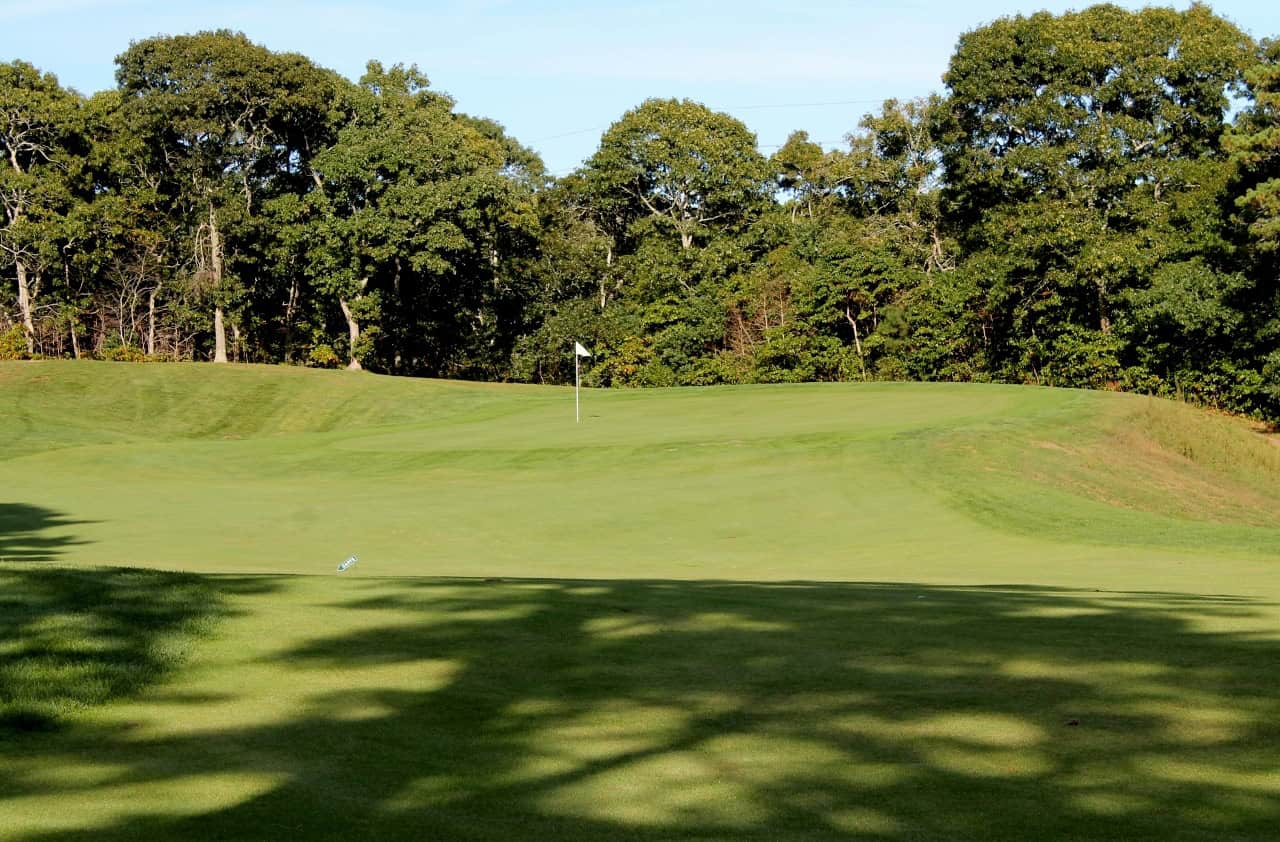If you’ve been golfing long enough, you’ve undoubtedly been party to this debate on the first tee. Someone asks what tee the group should play from, and one player, who many times is a double-digit handicap but is filled with machismo, confidently pipes up, “The back tees! I want to play the entire golf course!”
And unless you are secure enough to say no, off you go, knowing you will be facing a day of impossible carries over hazards and a succession of fairway woods or long irons onto greens.
That is not how golf is meant to be played, it is certainly not what the golf architect had in mind when designing the course, and it’s definitely not enjoyable.
The road to a fun day of golf begins before you even strike your first shot. If you don’t play from tees that suit your game, you’re asking for misery. It’s also likely that your pace of play will slow down those behind you.
But how do you take ego out of the equation and determine the tees you should play? The PGA of America has established guidelines that will provide an answer. According to the experts, only players who drive the ball on average 275 yards should play the championship tees at the Port or Starboard courses, which both measure around 6,700 yards. If you average 250 yards, move up one tee box at either course. Anything less and you should be at the gold markers.
Another way to determine the proper yardage is to multiply the length of a well-hit drive by 28. Therefore, it you hit your drives 225, a course measured at 6,300 yards is ideal.
You could also determine the best yardage by multiplying the distance that you hit a 5-iron by 36. Thus, if you normally hit your 5-iron 170 yards, around 6,100 yards will allow you to play the course as the architect intended. Think of it this way: if your playing partner is competing from the back tees and hitting 7-iron to a par-3, you should be at a set of tees where you are also hitting an equivalent club, give or take one club up or down.
Of course, playing different tees within the same foursome is often easier said than done, especially when money is on the line. But remember, if there is wagering and you play a shorter course, the handicap system will take that into account and offer fewer strokes. Likewise, the longer the course, the higher the slope and rating, and the more strokes you will receive.
There was an old-time Scottish caddy who would always tell his players on the first tee, “Let’s start at the forward yardage, and if we’re having too much fun and making too many birdies, we can move back one.”
So, hold your ground when faced with this dilemma. After all, isn’t golf supposed to be enjoyable? How much fun will you have hitting 3-woods on every approach and laying up short of hazards on par-4 holes?
The bottom line is that every golfer should have a reasonable opportunity to reach every hole in regulation. If that’s not possible without hitting the shot of a lifetime, then you’re playing from the wrong tees and, most likely, not finding a whole lot of joy in the experience.


If you are play a course that has tee distance between your calculated tee using the suggestions above. Should you play the shorter, longer or closest to your calculated tee distance? For example your ideal tee is 6.300 yards (225 x 28). The course you are going to play has tees at 6,027 and Tees at 6,389… which one should you play?